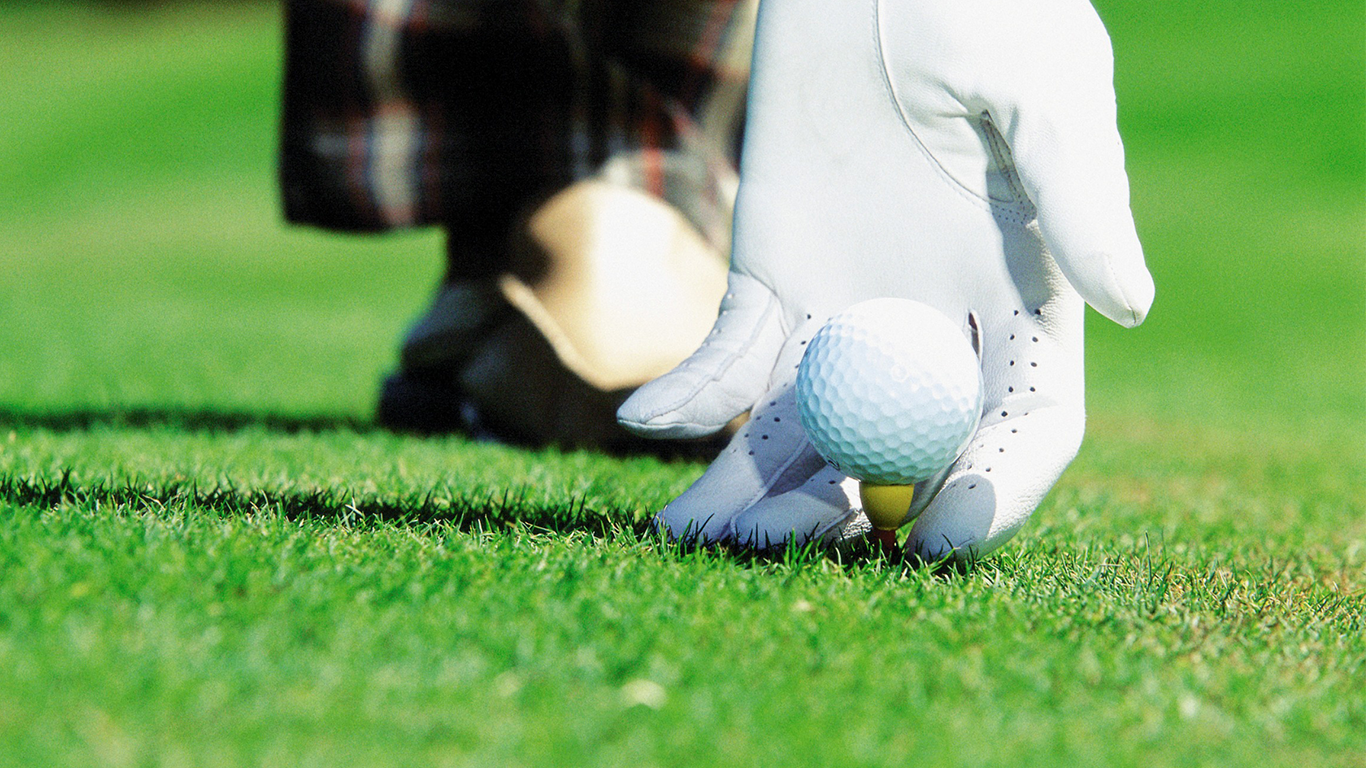Every golfer is looking for that one extra edge to help them play better, whether it be practice, strategy, or gear. When it comes to equipment, there is perhaps no more important club behind certain types than the wedge. While a golfer may not score on the hole due to other factors, these clubs used for shorter distance shots can have a profound impact on a golfer’s score.
The latest aerodynamic design additions help improve speed on the clubhead, something that players will find beneficial when they want to maximize the efficiency of their swings.
FOOD NEWS: 10 celebrity chef restaurants to try in Arizona
An Introduction to Golf Aerodynamics
Aerodynamics Fundamentals Aerodynamics is the study of how air (aerodynamic fluid) interacts with moving objects (golf clubs). A club meets friction as it travels through the air. This drag is minimized by the designers, and the movement is done at a faster pace. Improved aerodynamics allows the clubhead to move faster through the air. The only time this idea carried over into wedges was speed, which affects distance and accuracy.
Key Design Features
There are a couple of design characteristics that help make wedges as aerodynamic, and therefore as fast, as possible. For instance, one feature is a trapezoidal design. For this purpose, designers sweep the clubhead to its trailing edge. This aerodynamic form helps to reduce drag as the club moves through the air, thereby accelerating the head.
One other key factor relates to texture on the surface level. While smooth surfaces can reduce air resistance, many designs include dimples or grooves in carefully selected areas. These little nicks will aid in airflow management and could reduce drag even more, allowing the clubhead to slice through the air with less resistance.
The Physics: How Weight Distribution Matters
Aerodynamics are largely a function of weight distribution. Through weight positioning in the clubhead, manufacturers can manipulate the interaction between a wedge and air. You can stabilize your center of gravity during the swing by carefully shifting your weight around the club. This leads to stability, which in turn opens up more control, which is necessary to ensure you can retain control of speed and accuracy.
A lower center of gravity will also help you achieve a higher launch angle. The lofted launch can help with distance, especially in wedge shots where control is key.
Impact on Clubhead Speed
We’ll go into more detail about clubhead speed in the next section, but there is no question that aerodynamic design affects clubhead speed. Increased speed will give golfers added distance without having to exert any extra effort. This means less air resistance, allowing players to swing more freely, which equals higher speeds & power.
Plus, increased clubhead speed can aid in shot dispersion. Less drag creates the same swing path, which means every shot is struck the way it should be. Consistency is the core value that can either help in massively improving a golfer or making them complain.
Advantages of Various Skill Levels
This is something that budding golfers will appreciate, so check out aerodynamic features in wedges. These design characteristics help compensate for less-than-optimal swing mechanics and can bring immediate improvement to beginners. Faster and more stable shots allow for forgiveness, so you can be 100% confident on the course.
Improved Control and Precision for Intermediate Players The aerodynamic construction also provides a subtle help when it comes to swing mechanics, as you can control the trajectory and distance of each shot. Those benefits translate to decreased scores and a more enjoyable time on the course.
Choose the Right Wedge
When you buy golf wedges with the best aerodynamic design, consider your playing style and preference. Certain design properties will complement different swings, so golfers should assess how those features might pair with their characteristics. An expert will weigh in on the option that best suits you while adhering to the kit for performance improvement.
The course or a fitting session allows you to test different models to find what fits best. Due to the wide range of styles among golfers, personal testing is an important step in the process of determining which design characteristics a golfer needs.
Final Thoughts
Wedges have their share of the evolution of golf technology, which is represented through aerodynamic design features. These innovations offer golfers a chance to add a few strokes to their game by reducing drag and increasing clubhead speed. These are not only for newer players looking for more forgiving gear, but for better players looking for more precision aerodynamic wedges that yield tangible returns. Golfers will experience even more technically refined designs as technology continues to improve, enhancing their connection with the game.




